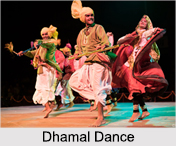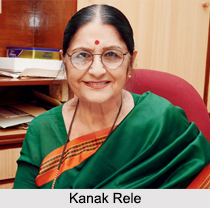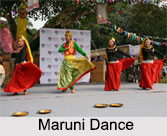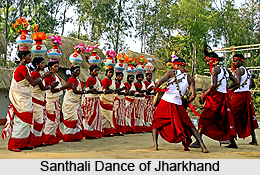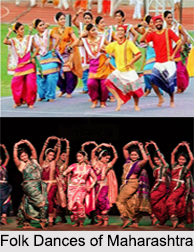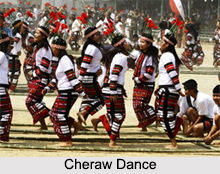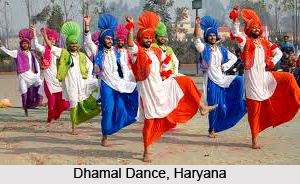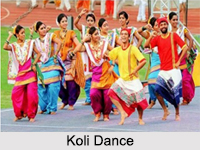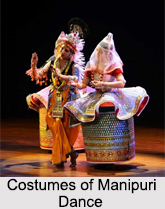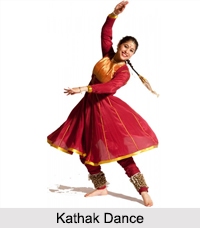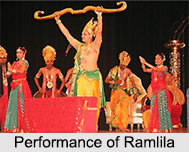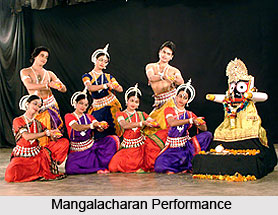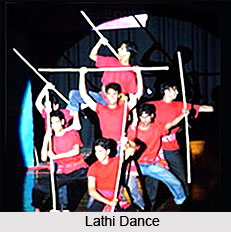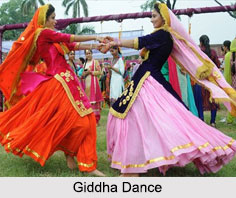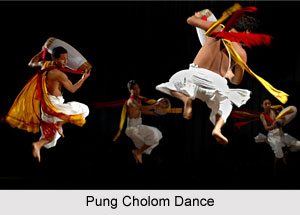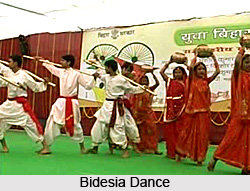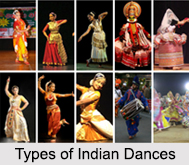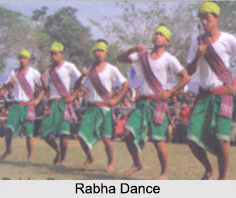Vellinezhi K. Nanu Nayar is a Kathakali actor. He was born in Vellinezhi village, Palakkad district in 1910. He was the son and disciple of the eminent Kariyattil Koppan Nair, belonging to the Kalluvazhi (midland) school. Although he started his Kathakali career as a female impersonator, he became famous in the chuvanna tati or red beard category of powerful and frightening characters that require good height, figure, strength, forceful eyes and voice in an actor-like Bali, Trigarta, Kali, Kalakeya, Bakasura, Jarasandha, Dussasana, and Virabhadra. He also excelled as the forest-dweller Kattala in the karutta tati or black beard category, as well as Nakratundi and Simhika in the kari (black) group. His blood-soaked make-up and costumes for the wounded demonesses among the latter looked fearsome. He traveled widely in India and abroad with Kerala Kalamandalam and other troupes. Vellinezhi K. Nanu Nayar died in 1986.
This article is a stub. You can enrich by adding more information to it. Send your Write Up to content@indianetzone.com
